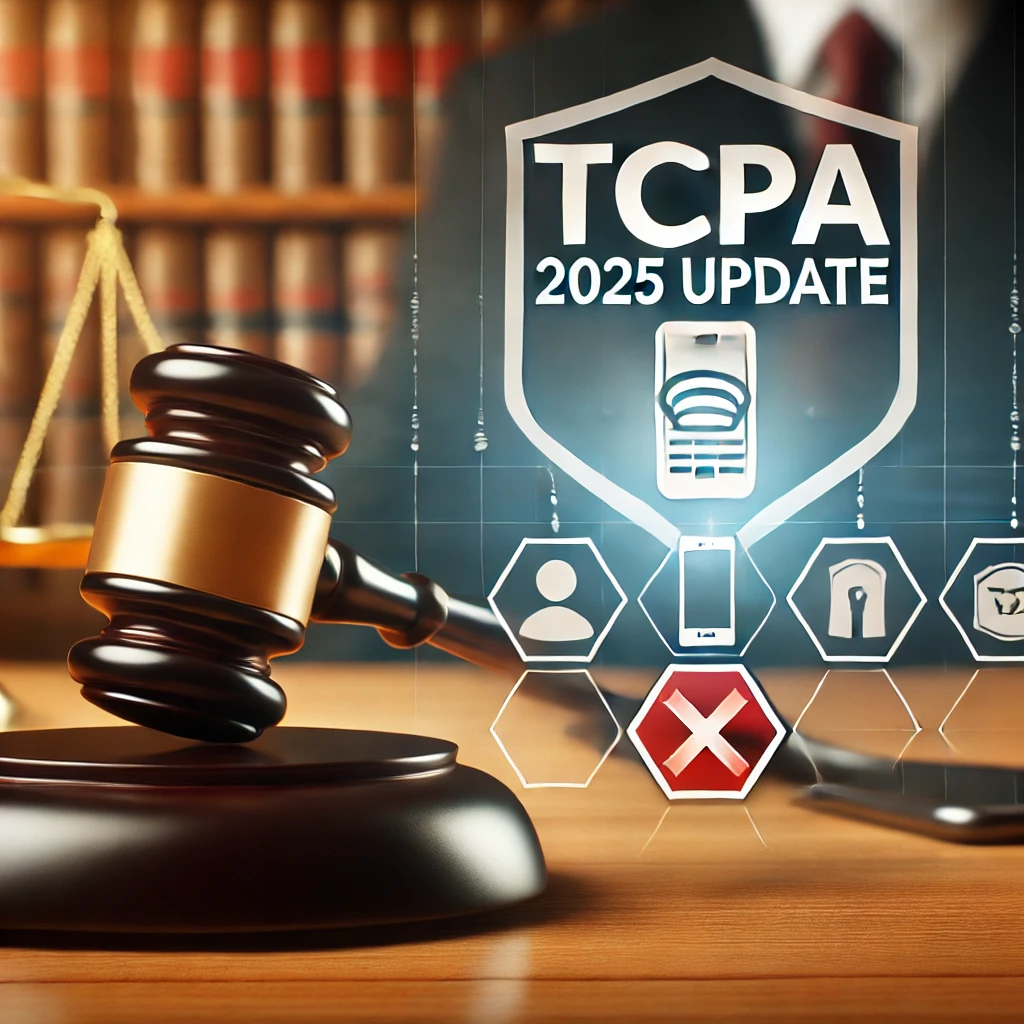Emotion vs. promotion: 3 ways to get a customer to buy
Pascal once wrote, “The heart has its reasons which Reason knows nothing of…” We can easily apply this famed French philosopher’s quote to our marketing efforts. When someone buys from you, is it more likely that their decision to purchase was driven by an emotional want, or a logical need, or because of a trusted referral? If you’ve fallen in a rut and your email efforts only go as far as blasting an offer in hopes they’ll bite at the “great savings” then we’ve got some things for you to think about. While sales promotions can be a part of the marketing mix, they represent one variable in the equation. Here are 3 ways to get a customer to make a purchase:
1. Promos: Lowering the Barrier to Entry
According to Kotler, sales promotion is a “diverse collection of incentive tools, mostly short-term, designed to stimulate quicker and/or greater purchase of particular products/services by consumers or the trade. Where advertising offers a reason to buy, sales promotion offers an incentive to buy.” In other words, promotions are an excellent way of boosting sales over a short amount of time by offering something exceptional to your target audience. The most commonly seen type of promo is of course the discount, and with good reason: according to the Promotion Marketing Association, over 76% of the population uses coupons or promo codes. The rebate allows you to lower the barrier to entry that may have prevented potential customers from purchasing from you earlier.
Offering discounts on a regular basis has its limits though. Even though they’re a great tool for meeting your sales quota in a short amount of time, they can devalue your product or brand in your consumers’ minds. Offering promotions on a regular basis may cause your customers to wait for the next promotion, instead of buying right away. Also, people may have bought your product during the sale period specifically due to the rebate you offered, and may be slow to return for that next purchase.
We break down the dos and don’ts and cover best practices for small business promotions during our next webinar. Register for Small Business Promotional Strategies scheduled for Thursday, March 24th, 10:00am – 11:00am PDT.
2. Emotional Connection: Cultivating a Positive Brand Image
Seeing an item going for less than half its regular price may make a potential customer sit back and think, “Oh, this won’t hurt my wallet as much, might as well get it now.” That would seem to be the logical response. However, lower prices don’t necessarily equate higher sales. Would you buy something from a brand you’d never heard of before, even at 50% off? Now what if it were, say, Apple? In a heartbeat, right? That’s because Apple has, over the years, built a brand image of being “cool” and “innovative.” It resonates emotionally with consumers.
This goes back to my preamble to this post: emotion and logic both play an integral part in your customer’s purchasing behavior. But in order to make a purchase, the consumer must have some kind of emotional investment in the product, making him/her want to acquire it. Per Perry Marshall, “We all fundamentally make all of our decisions based on emotion, not logic. Logic supports our emotions and is used to justify our decisions after we have made them. Logic plays a part, but emotion is the core ingredient.” So if your product and/or the way you promote it is boring, no matter what the price, you may still will have difficulty selling it.
3. Trusted Referral: Get Your Customers Selling For You on Social Media
With the new norm of Facebook, Twitter and other social networks, consumers have found a venue to not only voice their opinion, but make it known to the whole world (or at least their friends and followers) if they so choose. Word of mouth has found itself a platform, but more importantly, the relationships between parties can go beyond simple business acquaintances or partnerships, they can be actual friendships. This elevates the degree of trust even more, as the reasoning now becomes: “My close friend/relative likes this brand, and I know him/her to be of good taste, therefore I can trust this brand and purchase their products as well.” Moreover, it can give one bragging rights, resulting in a potential game of one-upmanship.
Want to dive deeper on social promotions? Watch our Small Business Promotional Strategies webinar below and learn:
- The Do’s and Don’ts of small business promotions
- Online and offline promotional best practices
- How to create a promotional calendar for each quarter
- How to leverage your different social channels by promotion type
Editor’s note: This blog post was originally published in August 2012 and has been revamped and updated for accuracy and relevance.
© 2016 – 2018, Contributing Author. All rights reserved.



